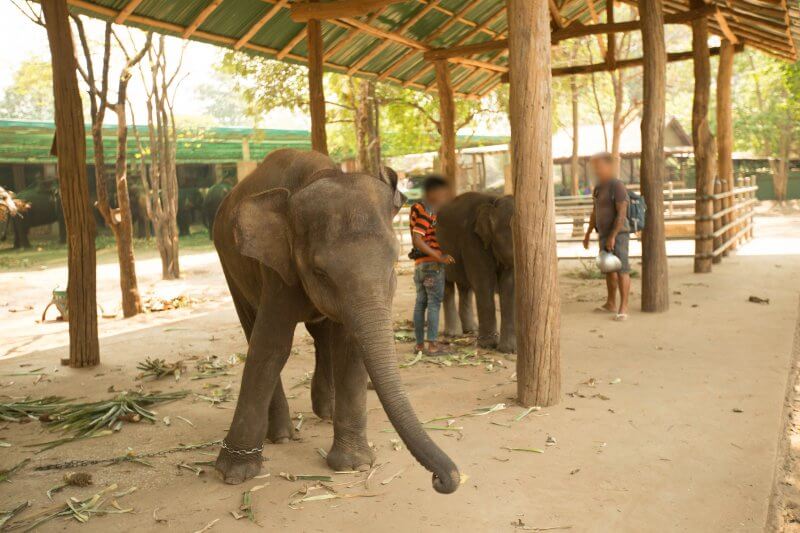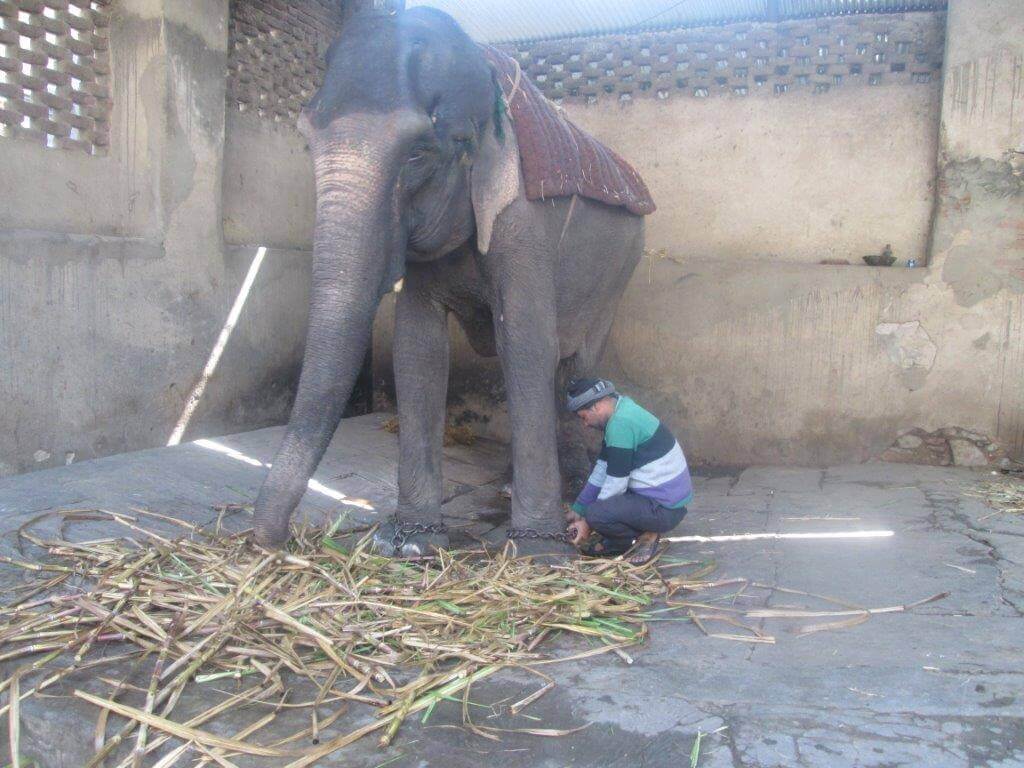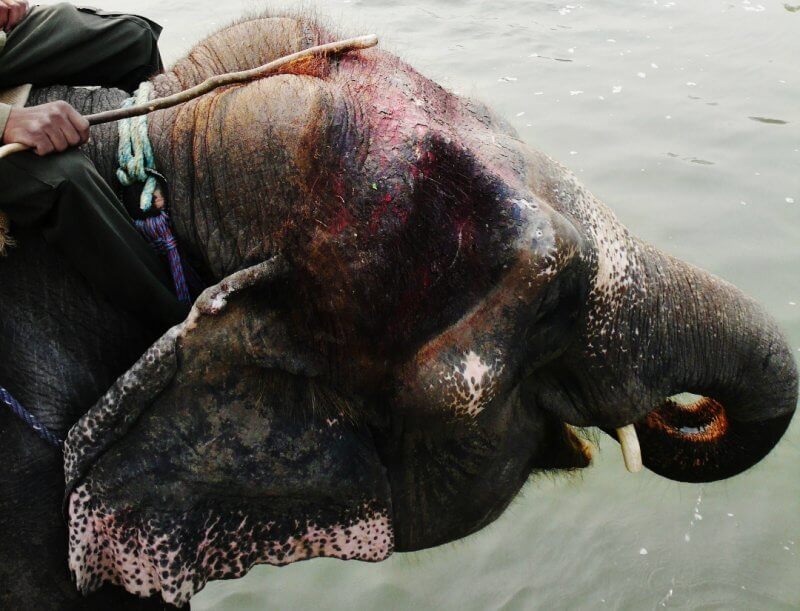When You Discover Just How Cruel Elephant Rides Are, You'll Remove Them From Your Bucket List
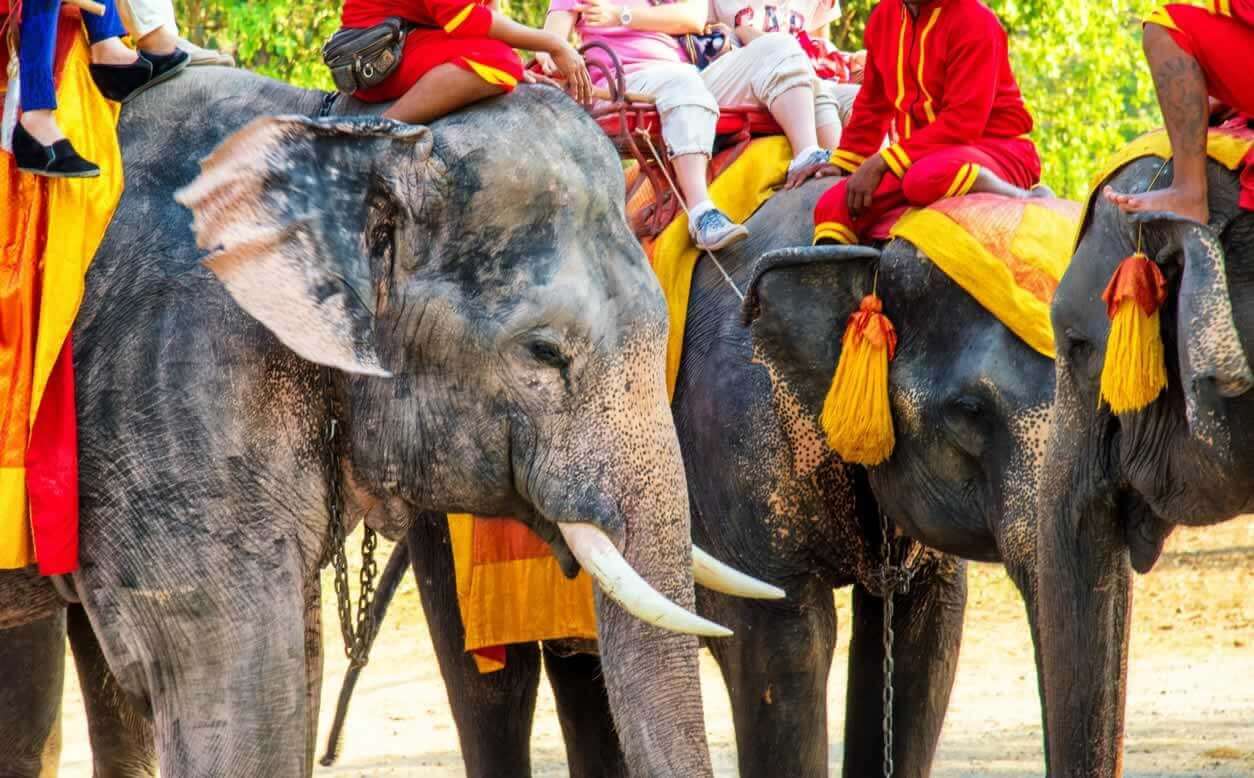
In a survey of 13,000 people, one of the primary reasons travelers gave for wanting to patronize elephant rides and shows was “love of animals.” But if they knew what really happens to elephants held captive in tourist-attraction “orphanages” and “parks,” would they still go? We doubt it, which is why we’re lifting the veil on the physical and psychological abuse endured by elephants who are forced to give tourists rides. Discover why you should work to end these tourist attractions—not fund them—and learn how you can take a stand for these awe-inspiring animals.
1. Abducted From Their Families
Even though elephant mothers are highly protective and, in the wild, youngsters stay with their families for years, baby elephants used for rides and other attractions are taken from their frantic mothers so that their independence and spirit can be broken.

2. Cruel ‘Training’
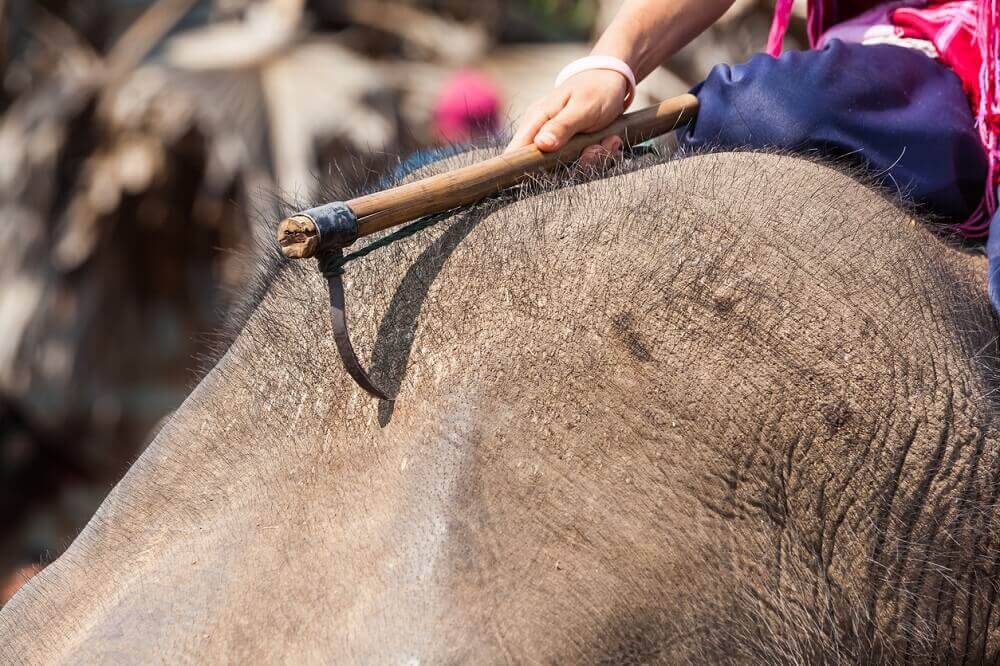 © iStock.com/DenBoma
© iStock.com/DenBoma“Training” begins early on. The babies are tied down and beaten with bullhooks and other instruments until their spirits are broken and they’re fearful enough to obey their “trainers” in order to avoid pain.
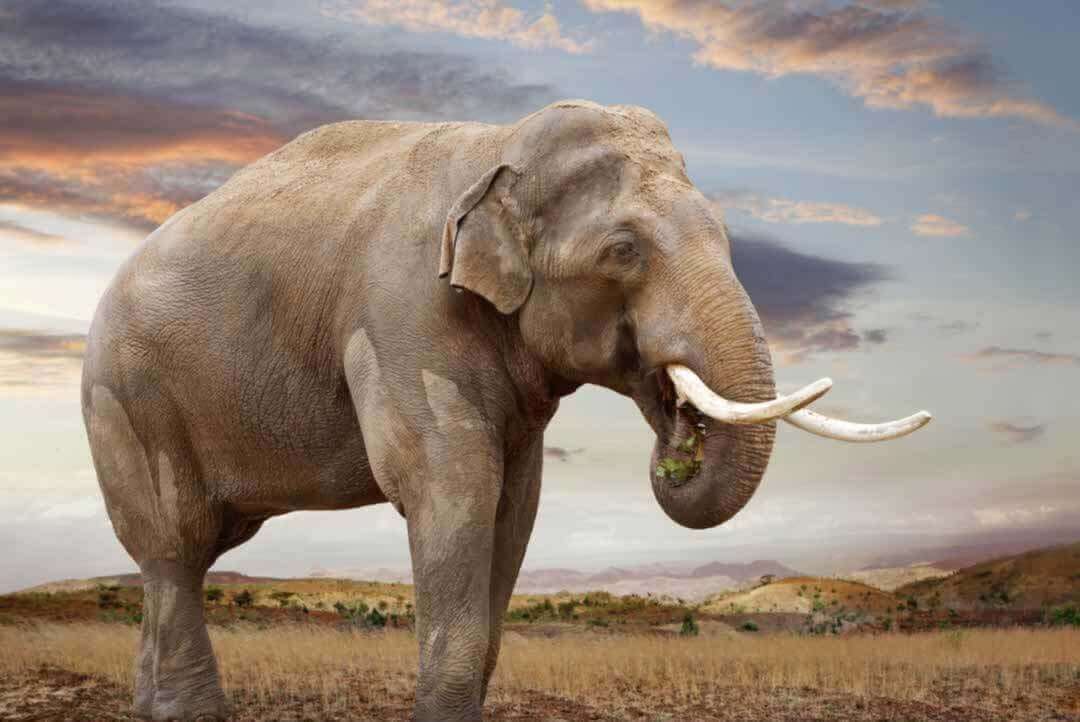
3. PTSD—Not Just a Human Disorder
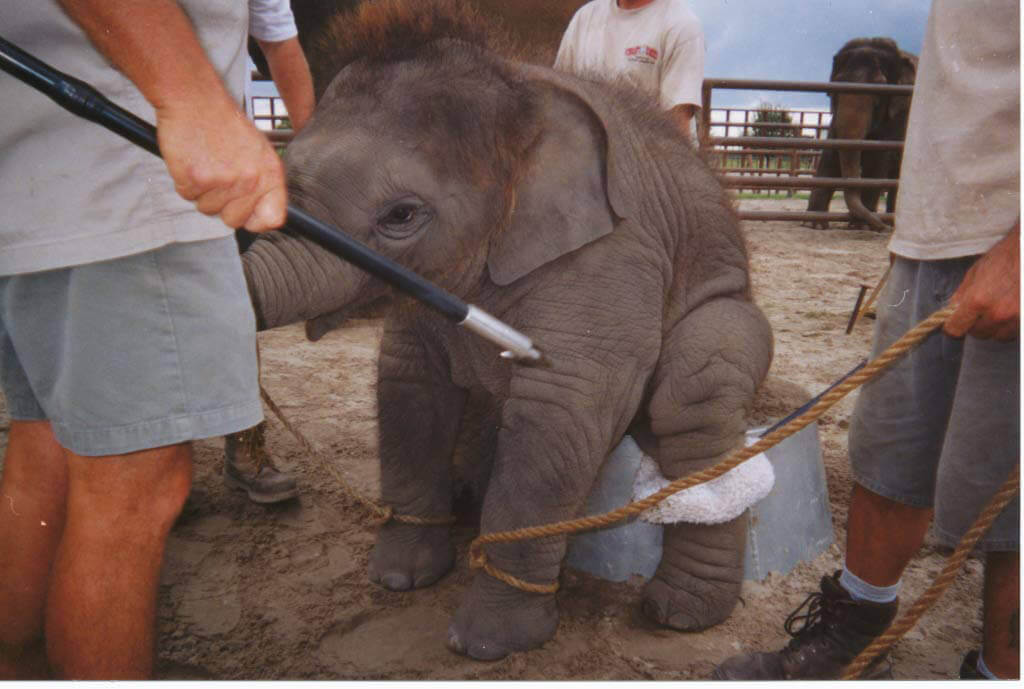
Researchers have found that elephants who are subjected to this “breaking” or “crush” process often develop post-traumatic stress disorder.
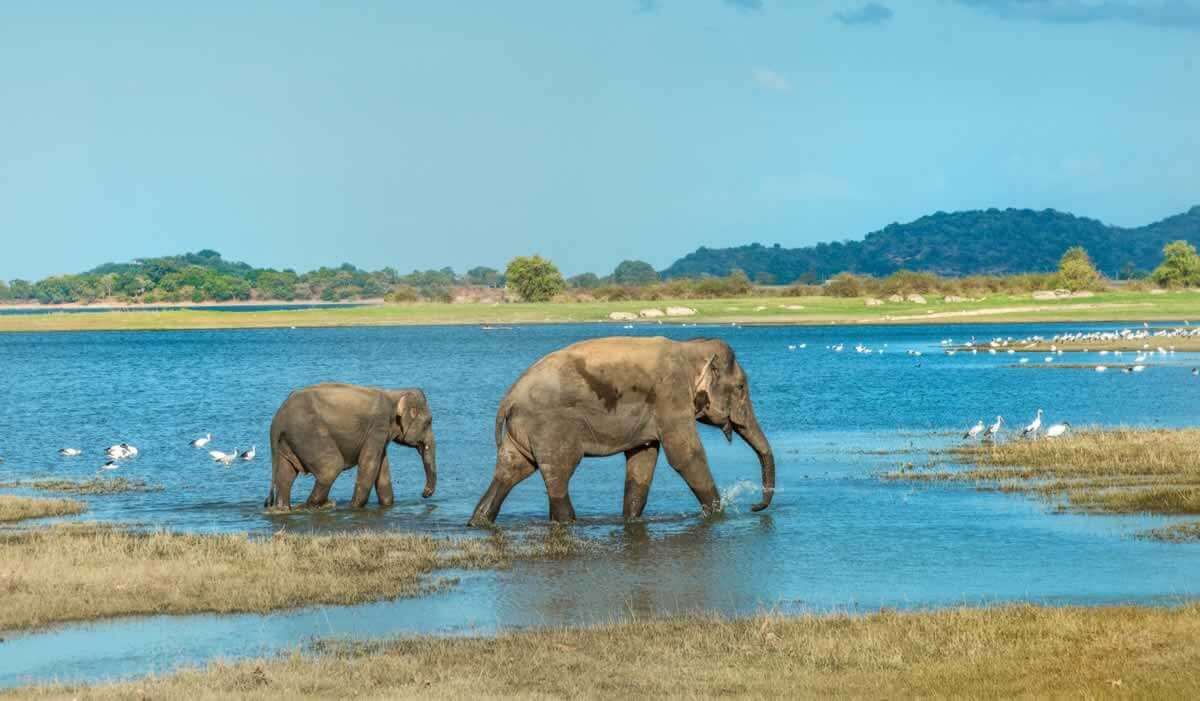
4. Denied a Natural Life
Elephants in nature live in matriarchal herds, and they forage for fresh vegetation, play, bathe in rivers, and travel many miles a day together. But in captivity, they have no control over their lives. They can’t choose to socialize with other elephants and are forced to spend long hours chained down, carrying riders on their backs, or performing painful tricks—even on the hottest days.
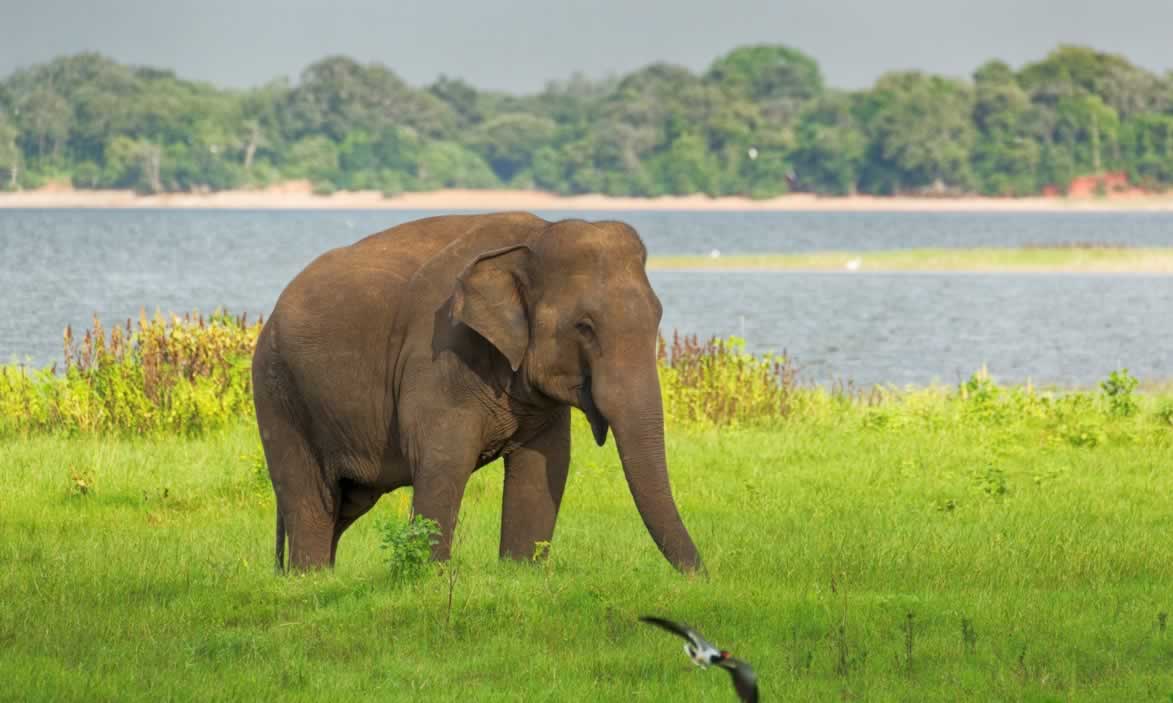
5. Deprived of Proper Care
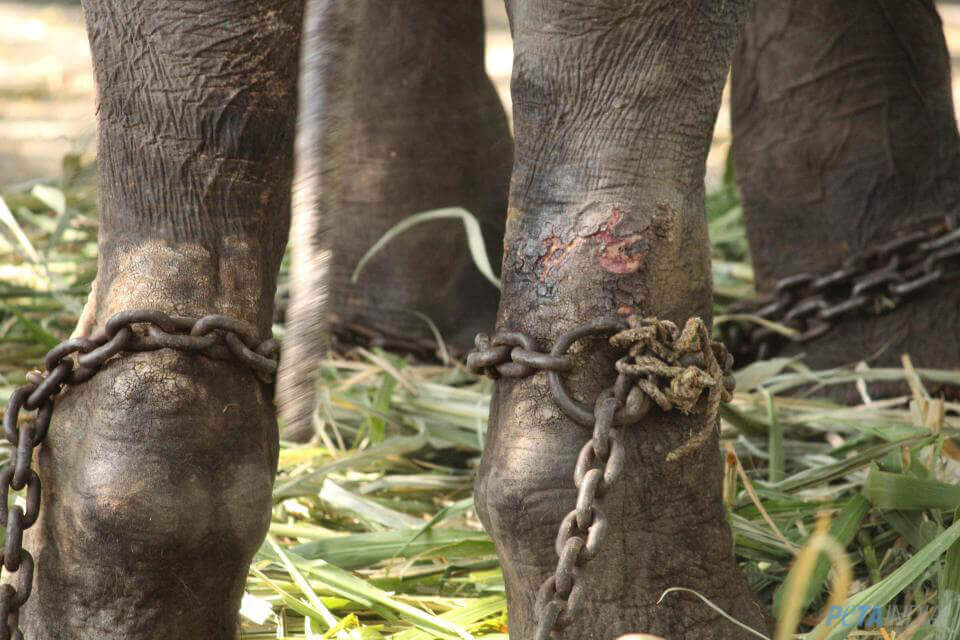
Captive elephants are routinely denied nutritious food, adequate water, and needed veterinary care, especially for their feet.
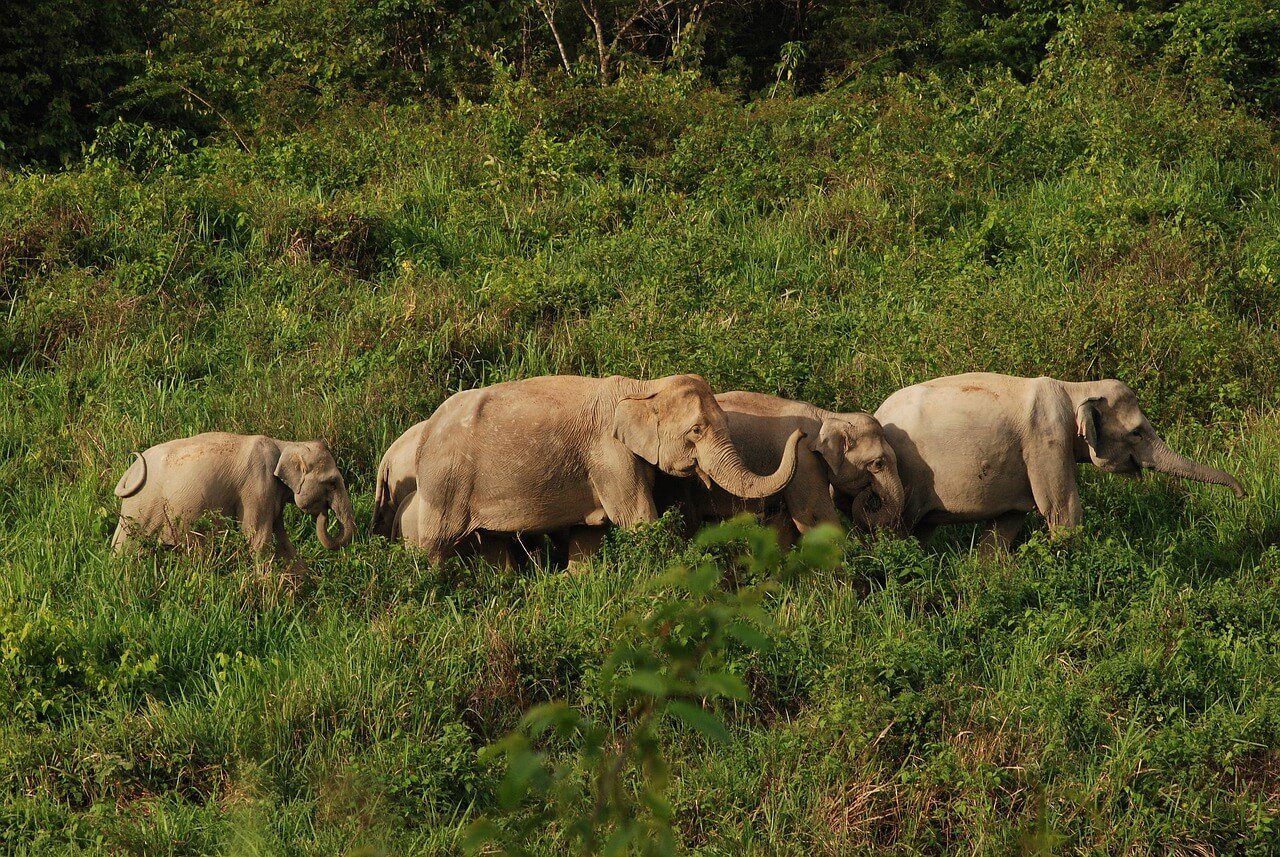
6. Premature Deaths
Elephants in captivity endure lack of exercise and long hours spent standing on hard surfaces, which are major contributors to serious foot problems, and arthritis. Most captive elephants die decades short of the life expectancy of their species—like Sambo, an elephant who was forced to ferry tourists in Cambodia and dropped dead after suffering a heart attack.
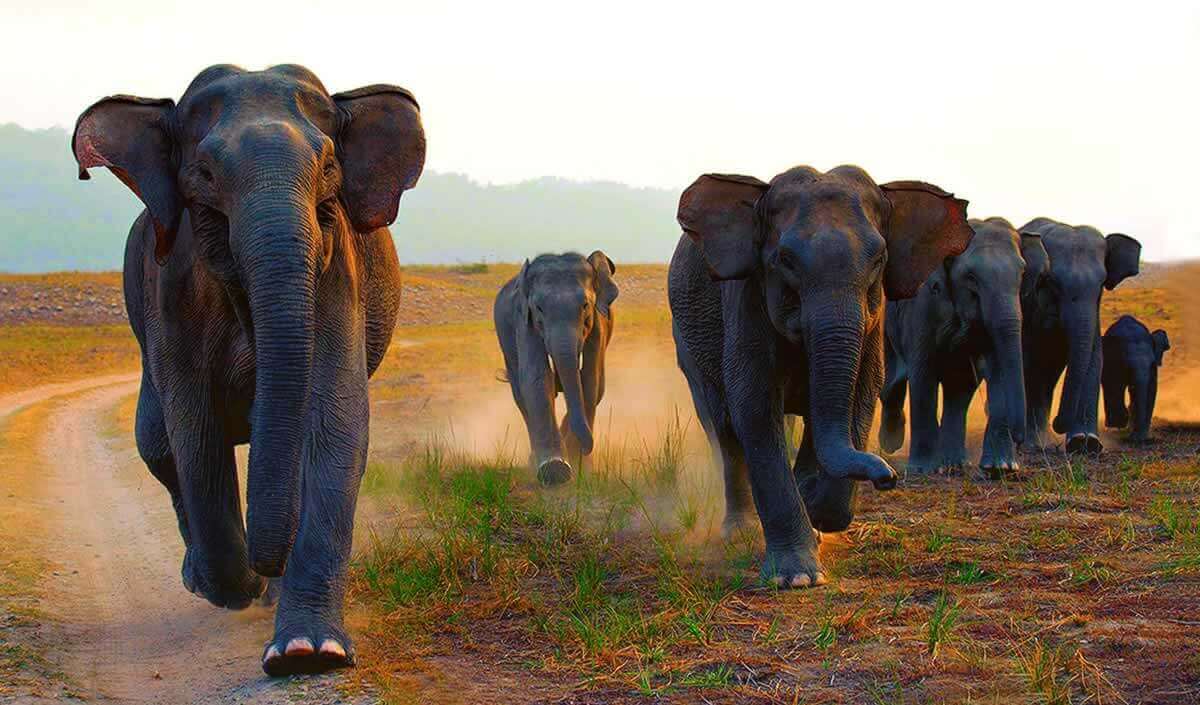
7. Elephants Strike Back
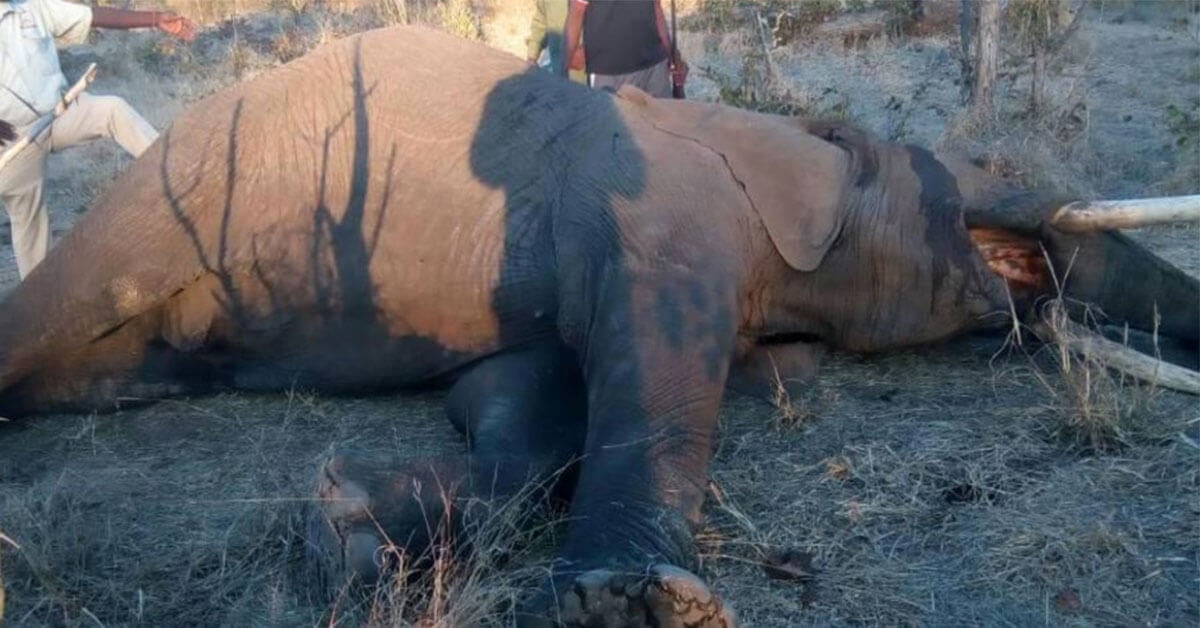
The only way to force elephants to give rides, paint pictures, or perform other demeaning tricks is through violence and domination. Under these conditions, it’s no surprise when one finally breaks and strikes back—like Mbanje, who charged and crushed his handler to death after being forced to give rides earlier in the day.
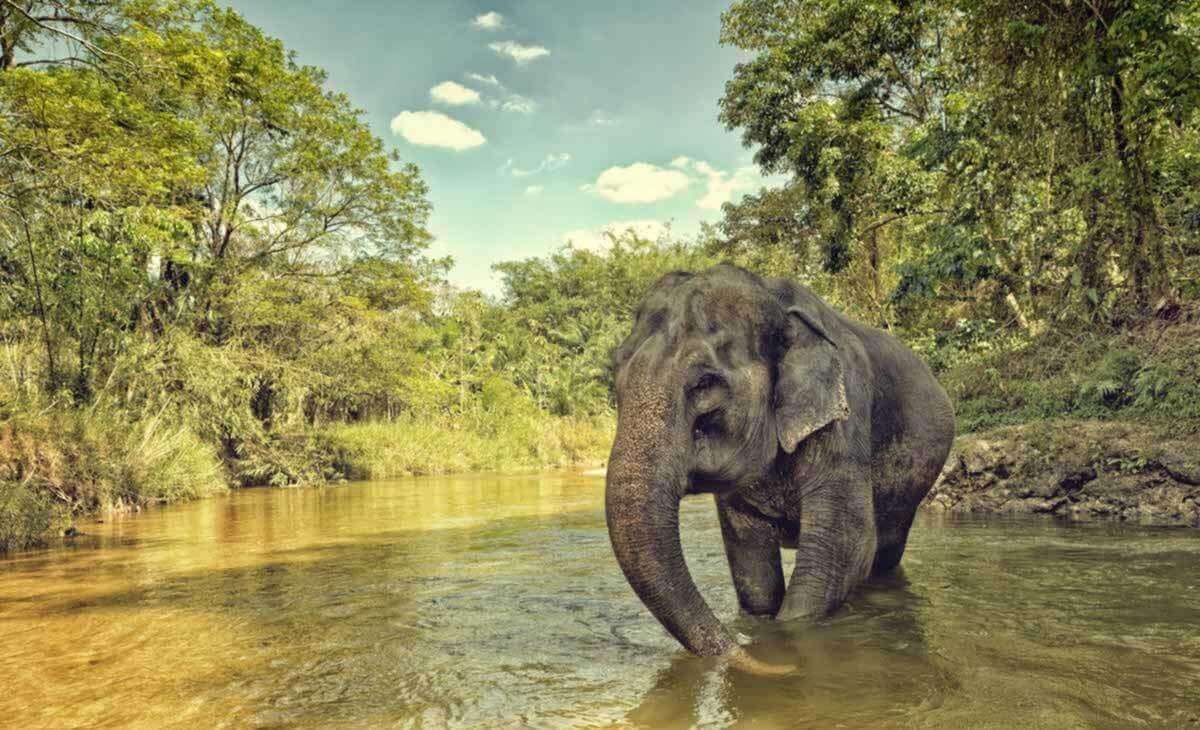
8. Riders Die, Too
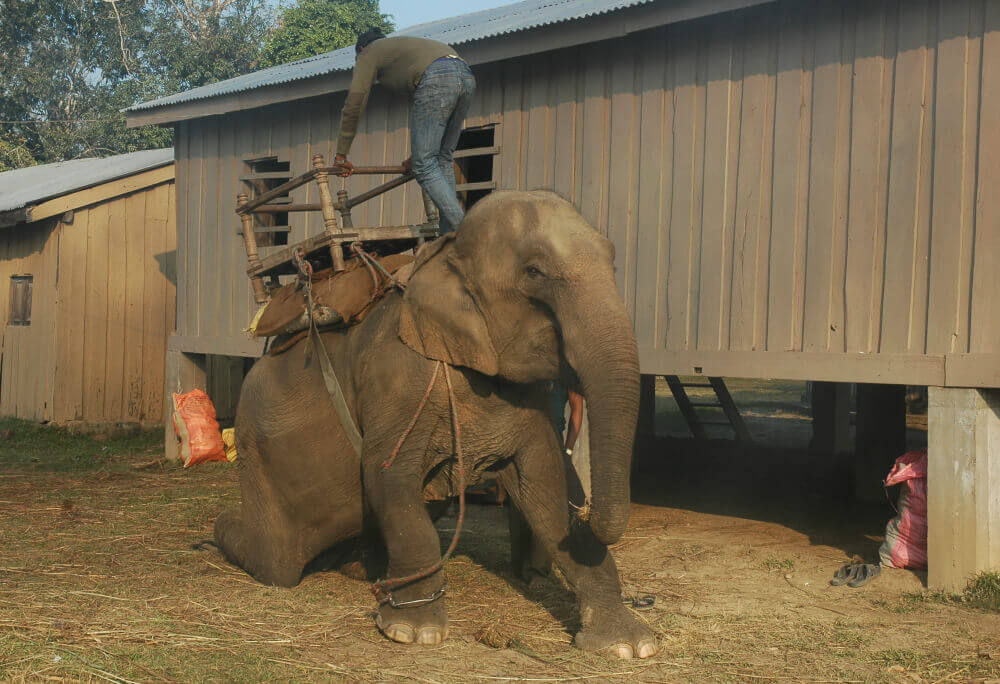
Denied everything that gives their lives meaning, elephants sometimes reach their breaking point and rampage, injuring and even killing those around them. In 2016, for example, a Scottish man vacationing in Thailand was killed and his 16-year-old daughter was injured when an elephant they were riding lashed out.
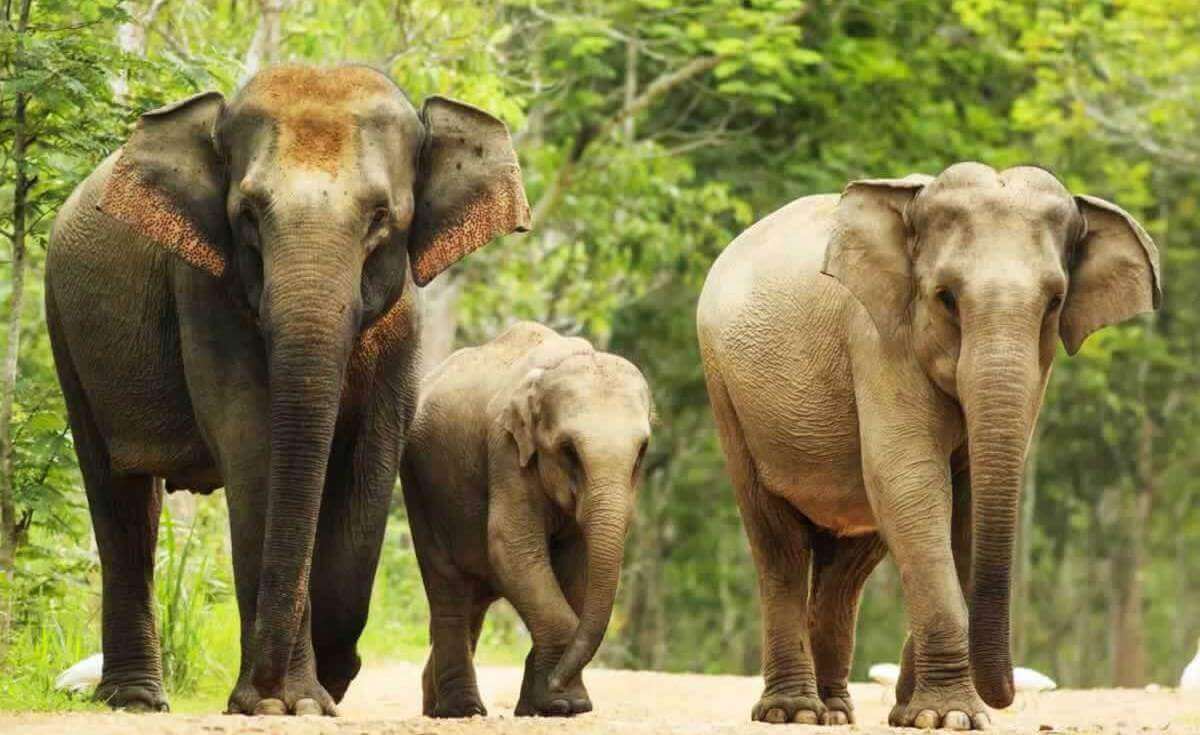
9. Scam Sanctuaries
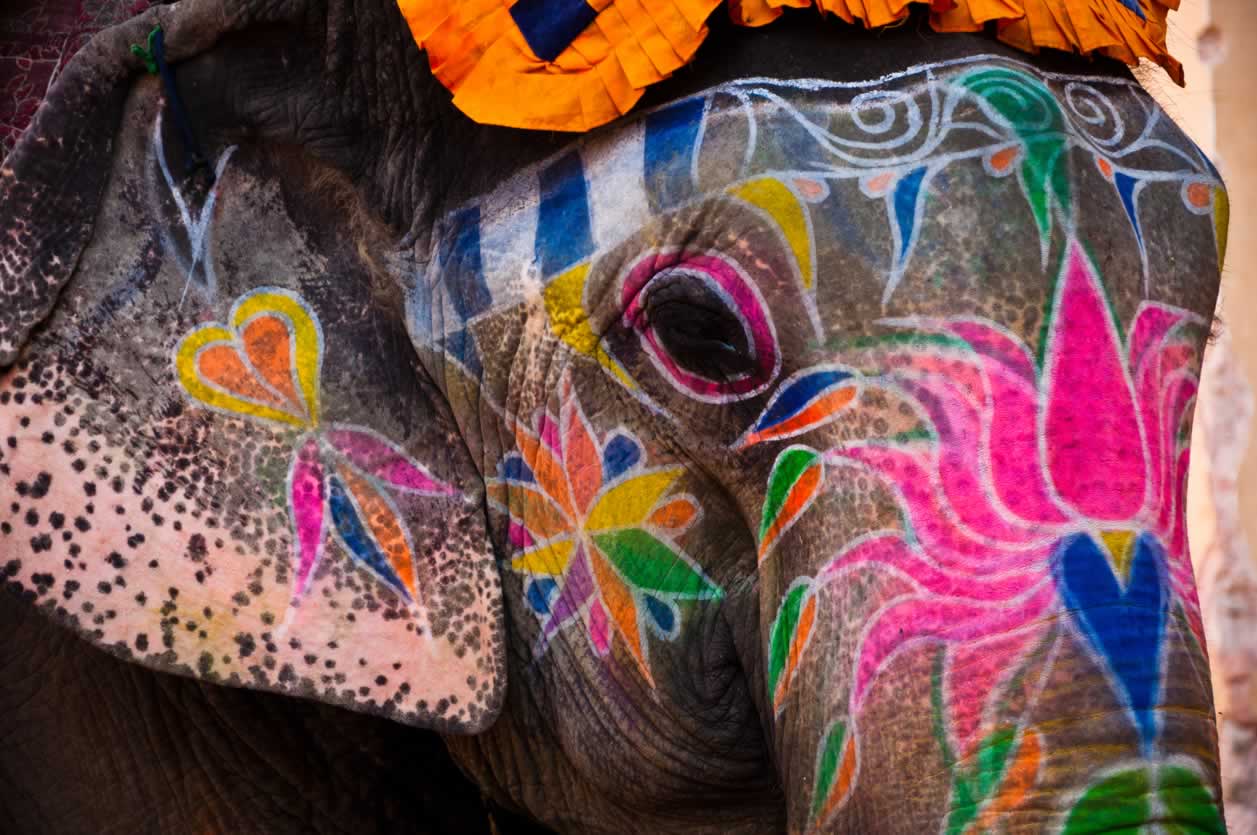
Elephant camps throughout Cambodia, Thailand, Vietnam, and other Asian countries are notorious for duping the public into believing that their activities benefit elephants—often by claiming to rescue them or offer them “sanctuary”—but the abusive training methods and deprivation that animals face at these facilities are often the same as those used by more explicitly entertainment-focused businesses.
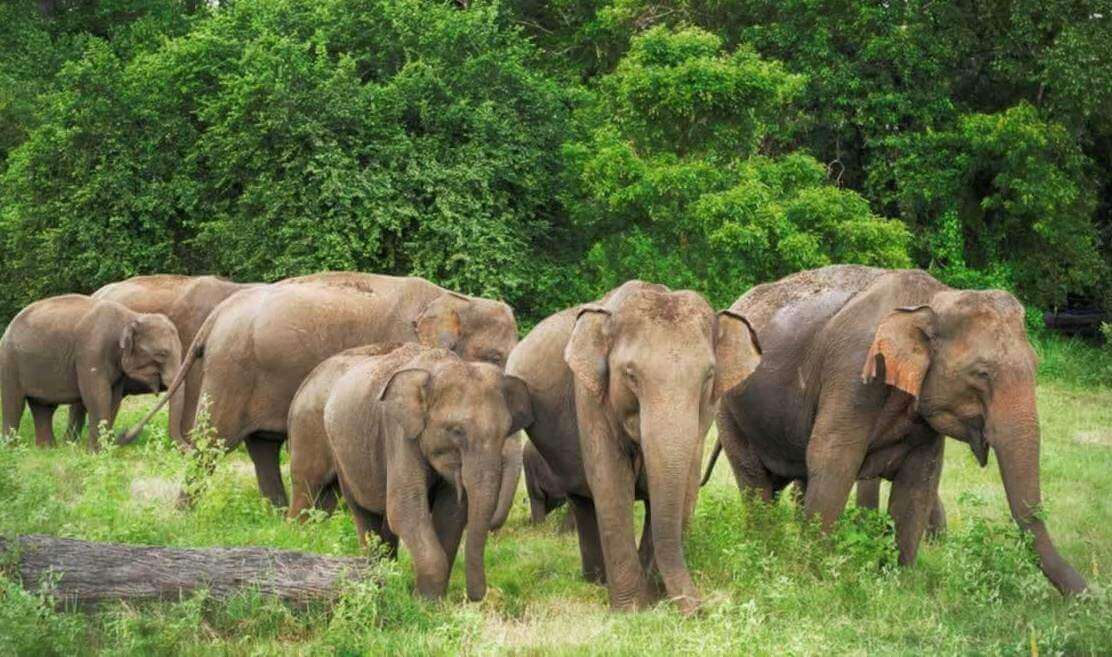
10. Supply and Demand

Every fairgoer who buys a ticket to ride an elephant or overseas traveler who books an excursion involving captive elephants is responsible for this merciless cycle of abuse.
TripAdvisor‘s website offers a helpful social platform for travelers, packed with posts to assist you with planning the perfect trip. For animal-friendly advice, be sure to follow PETA!
Don’t Get ‘Taken for a Ride’
Elephants deserve to be treated with respect, not shackled and ridden to death. Urge Four Seasons and other companies to put an end to this violence. Each time that you click “Send Message,” a letter will be sent to a company that exploits elephants for profit.
